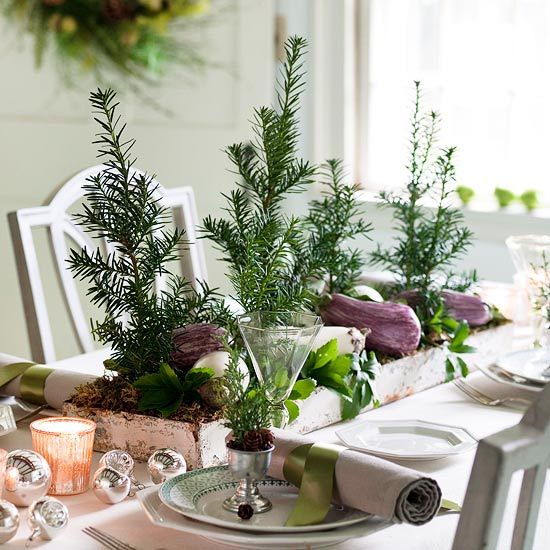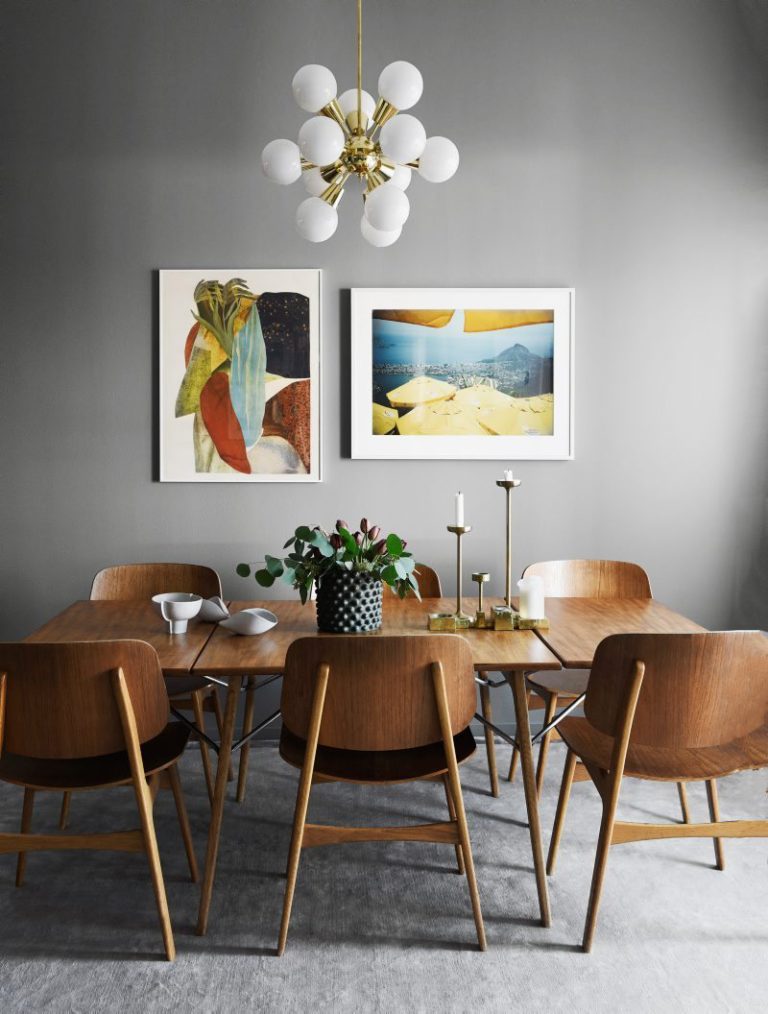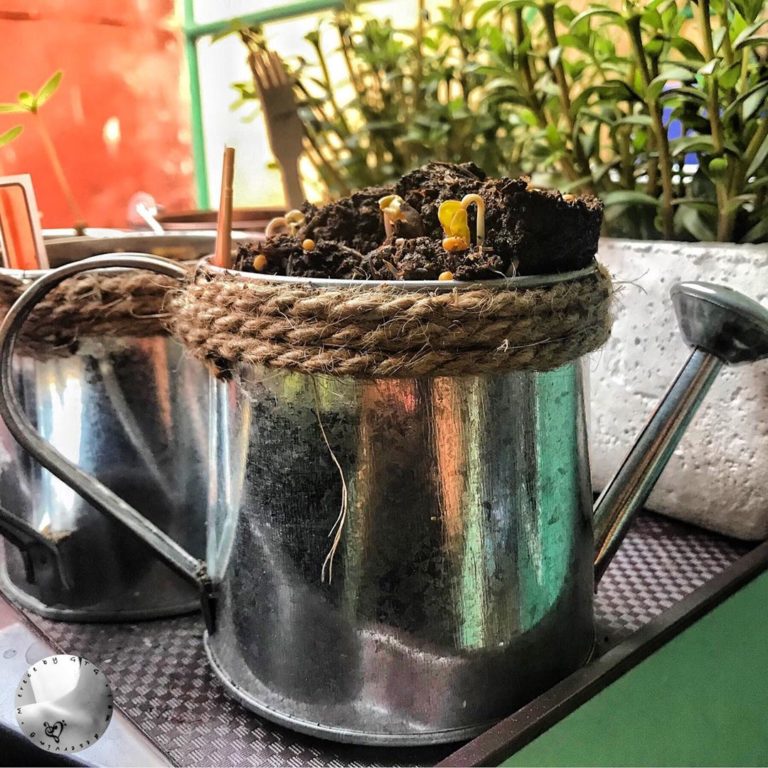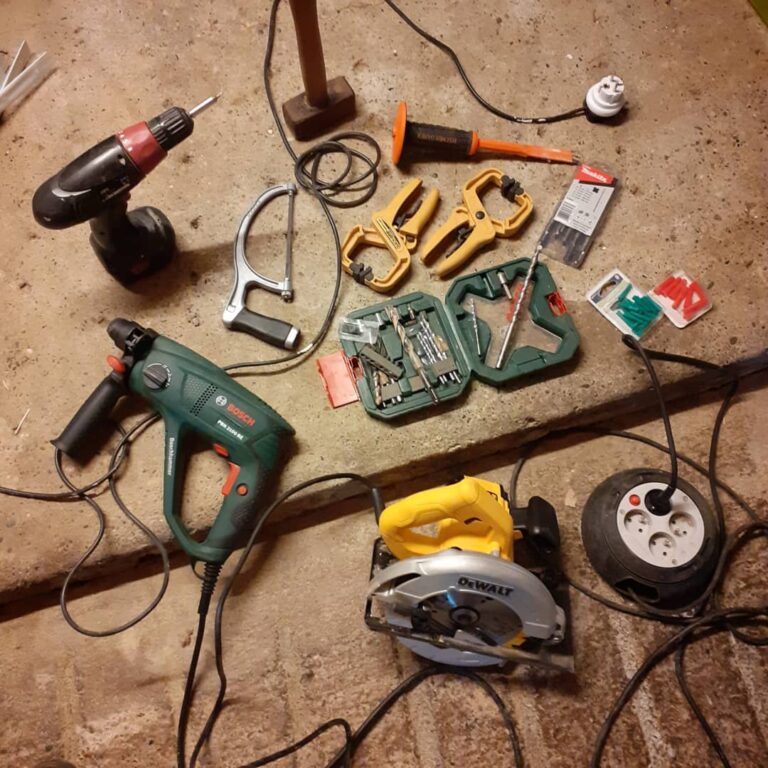An Ambitious Task: 12 Pole Barn Construction Tips
There are basic do-it-yourselfers who can handle little fixes and craft projects around the home. Then there are the real ambitious, determined people who don’t mind attempting to tackle the major jobs, like building a pole barn.
Pole barns are common across the country. They are simply additions to your property that you’ve built and turned into storage sheds, shelter for your livestock, or even a second apartment for that game room you always wanted.
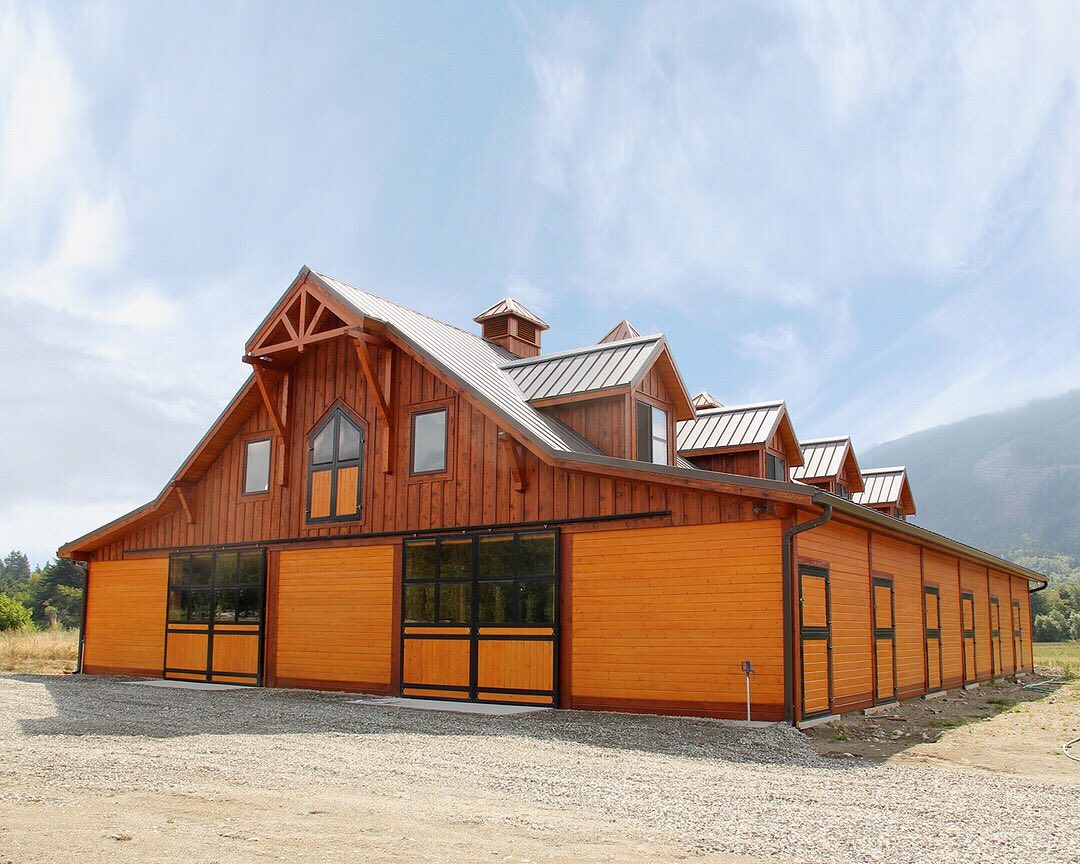
Whatever the reason for your desire to have a pole barn, you want it done well and you want it done right. You can call in the experts and spend a fortune, or you can do it yourself by walking through these 12 construction tips.
12 Big Steps to Your New Pole Barn
Pole barns have been used for centuries, giving them a “country bumpkin” type reputation. But in today’s society, the stereotypical pole barn can be anything from a basic structure to store your tools to a man cave full of techie gadgets and gizmos.
It’s your choice, and you have a wide variety of options to choose from when you design your pole barn.
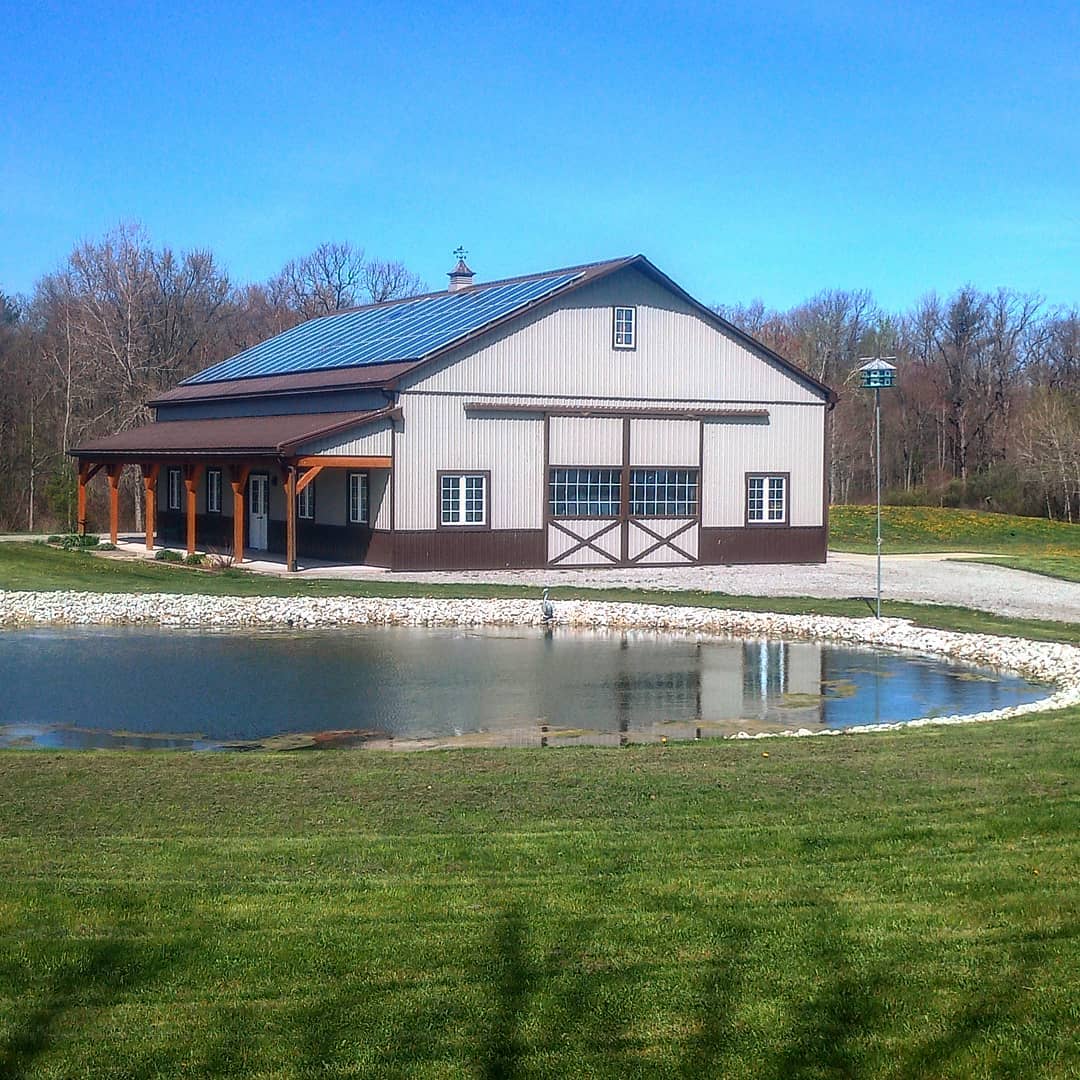
Regardless of what you plan on turning your new building into, you’ve got to put some basics into the construction of it. These 12 steps will take you from the ground up as you create your home’s new addition.
Sketch your design
What do you want your end project to look like? All good projects must be started with the end in mind.
That doesn’t mean that you have to reinvent the wheel. There are plenty of websites, from Pinterest to architectural experts, that offer DIY pole barn plans.
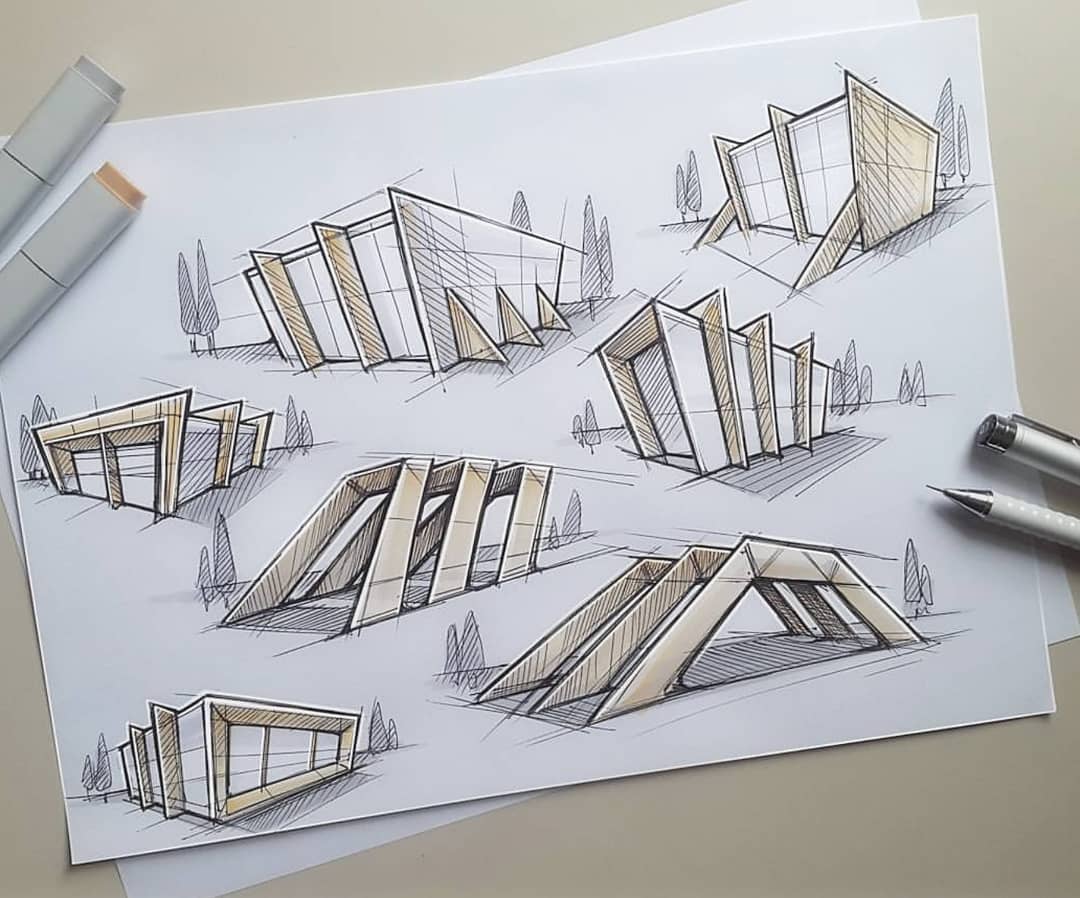
Do you plan on using your barn for accessories and storage? Will it be agricultural? You can even use it for a commercial purpose or as a second little mother-in-law cottage or apartment. This part is important, though, since it will affect your zoning and future steps.
Verify that your design meets building and zoning codes
There’s no point going any further with your new exciting project until you run it be your local code enforcement agency first.
The building codes for your area will vary based on your location and the reason for your structure. But if you don’t follow this crucial step and skip the legalities, you could be setting yourself up for some expensive violations.
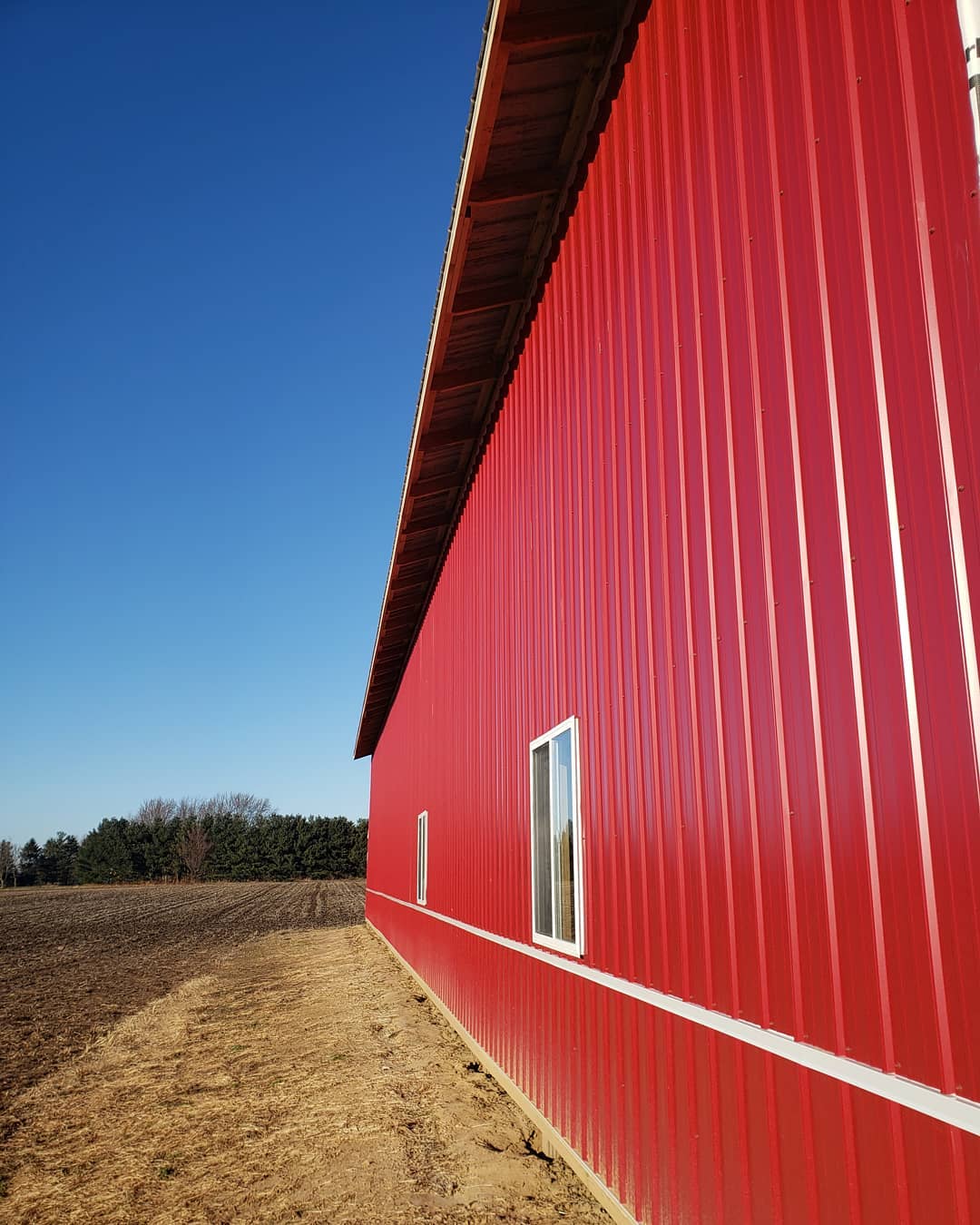
To check building codes, first, find out what your property is zoned as. Is it residential? Commercial? Industrial? Something else? This knowledge will be important to how you are allowed to build on the land.
Then you can check into building codes. These codes let you know exactly what needs to be inside your structure in order to meet the safety regulations. They are always changing, too, so if your project takes a while to complete, you’ll want to continually return to this step to make sure you are keeping up.
Municipal ordinances and neighborhood restrictions must also be verified. Just because the county approves of your new horse barn doesn’t mean the neighborhood you live in will let it be built.
The fire marshall must then get involved and approve your plans and you can finally submit them to receive your permit for your new pole barn.
Consider your climate
If you’re in an area that has extreme temperatures, you must design your pole barn to withstand them. Hurricane-proof materials that can resist high wind speeds are a necessity in areas like Florida and other coastal states, for example. Strong columns must be used in places where heavy snow build up could cause roof cave-ins.
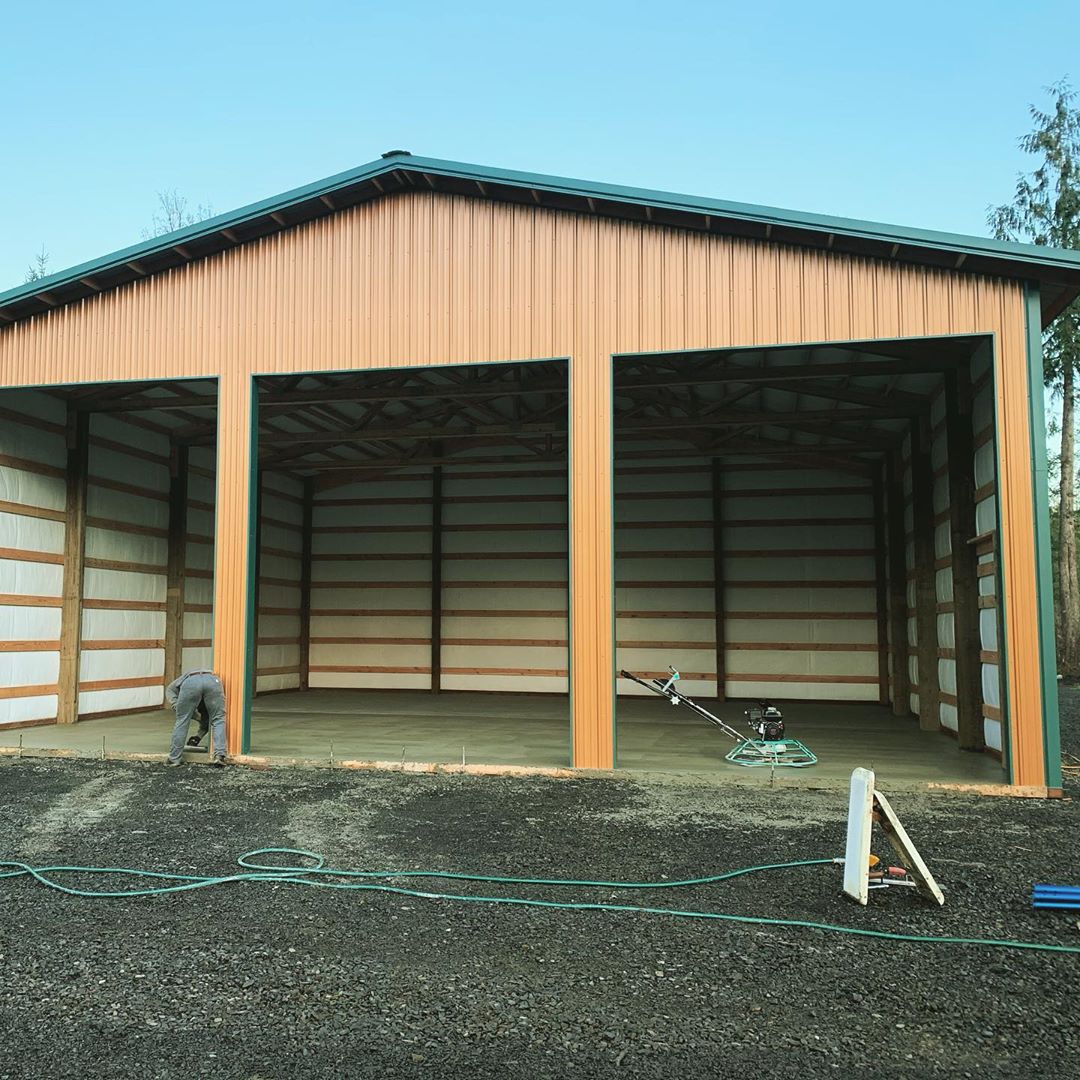
Be sure to take into consideration how the weather might affect your structure and construct your building accordingly. One misapplied section could cause the entire pole barn to collapse.
Gather your team!
DIY means that you don’t hire an expert. It doesn’t mean that you truly, literally, have to do all of the work yourself.
Constructing a pole barn is a difficult endeavor. It’s time consuming and backbreaking work. The more people involved in helping you, the faster you’ll get it done and the less wear and tear on your body and your personal life you will have.
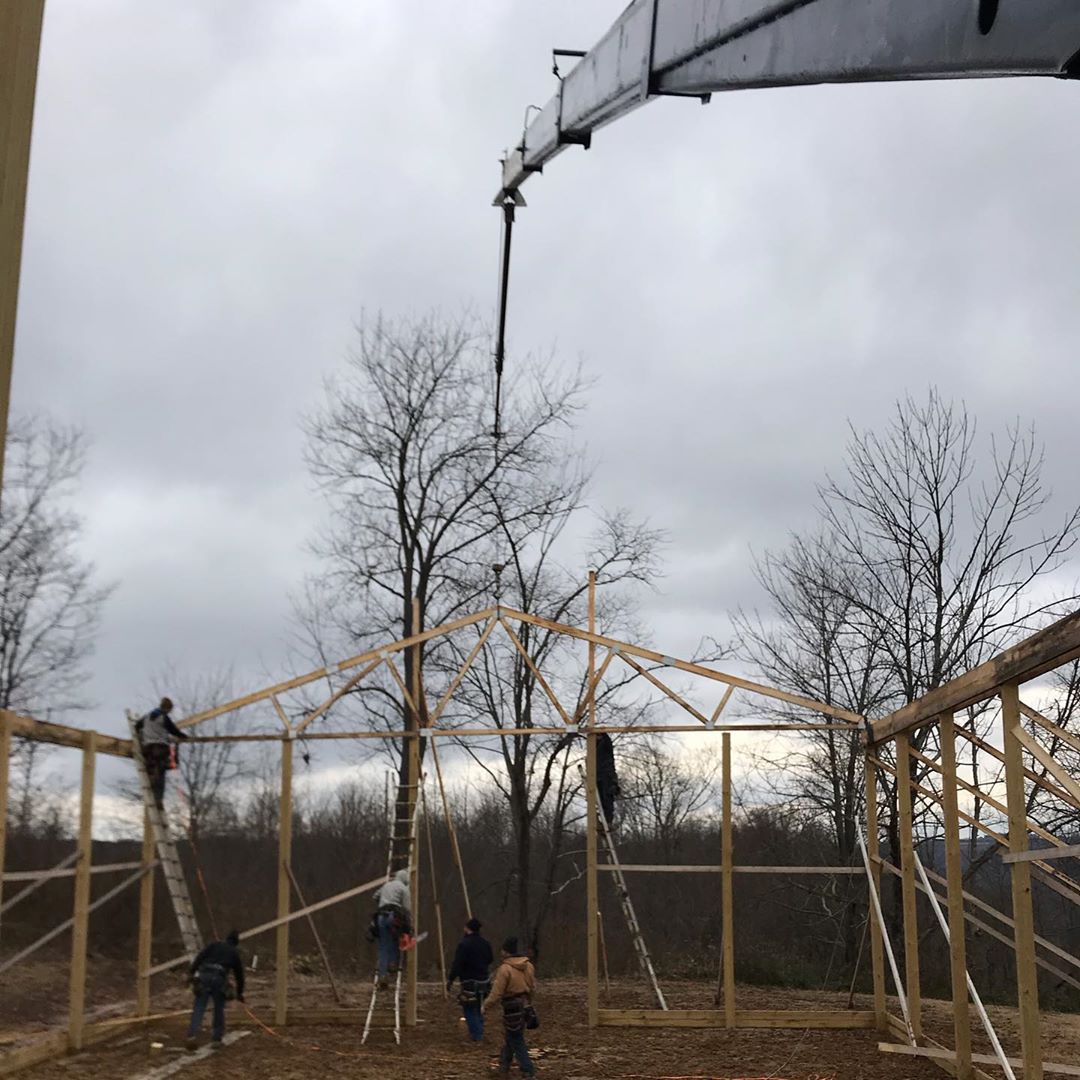
Even if you have to pay someone to help you, it will be worth it in the long run. Delayed construction because you injured your back or something came up in your work or personal life will cost you anyway, so work smarter, not harder. Find yourself a team of trustworthy, capable people that are willing to help you build your pole barn.
The first action step is in your foundation
A building is only as strong as its foundation. But with pole barns, the foundation itself can be flexible, depending on the reason for your structure.
You can go the post-frame construction route, in which you opt for posts and columns that are placed into the ground and hold up the rest of the structure. This is fine for pole barns that are intended to house horses or livestock.
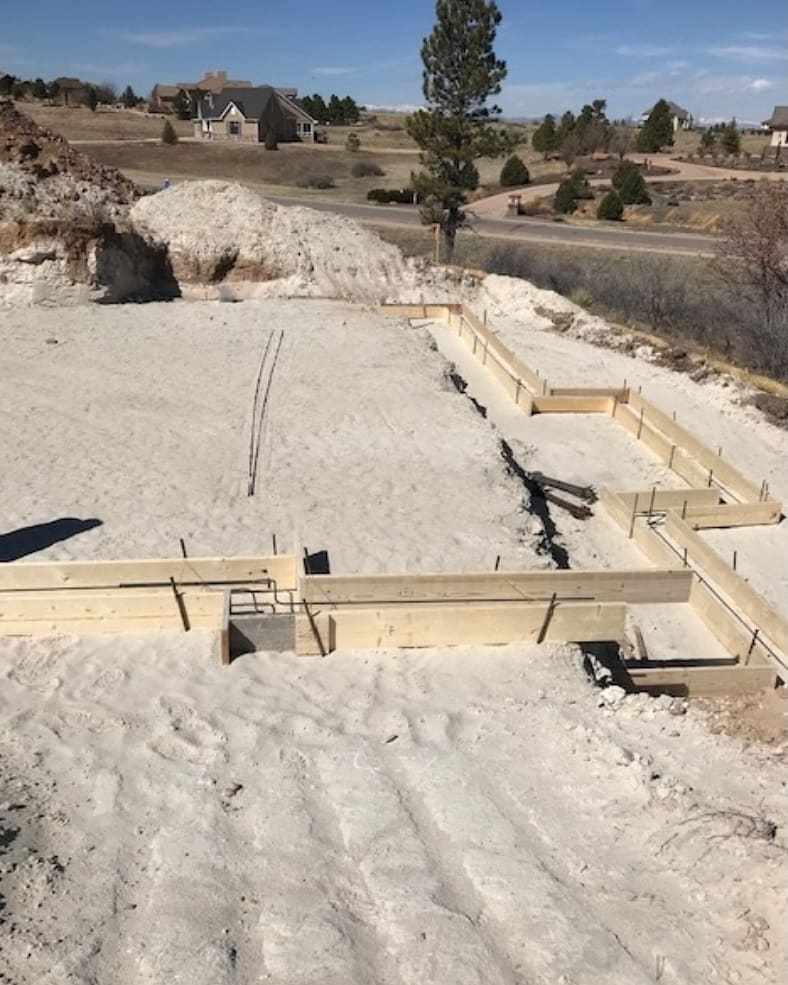
But if you need protection from the elements for whatever you are going to keep in your new building, you’ll want to invest in treated wood, asphalt, and other materials for your foundation that will last for the long run.
Before you lay your first bit, though, make sure you’ve chosen a spot that is strategically placed on your property.
Will it be close enough for you to get to during harsh storms? Is it covering your septic system? Is it completely on your property or hanging an inch or two on your neighbors? Check your dimensions carefully before you start building!
Build your pole barn with ventilation in mind
When you’re ready to start the actual construction, don’t forget to include proper ventilation. This isn’t just important for the user’s breathing, but it also protects your goods from too much humidity, prevents mold and mildew growth, and keeps the temperature consistent.
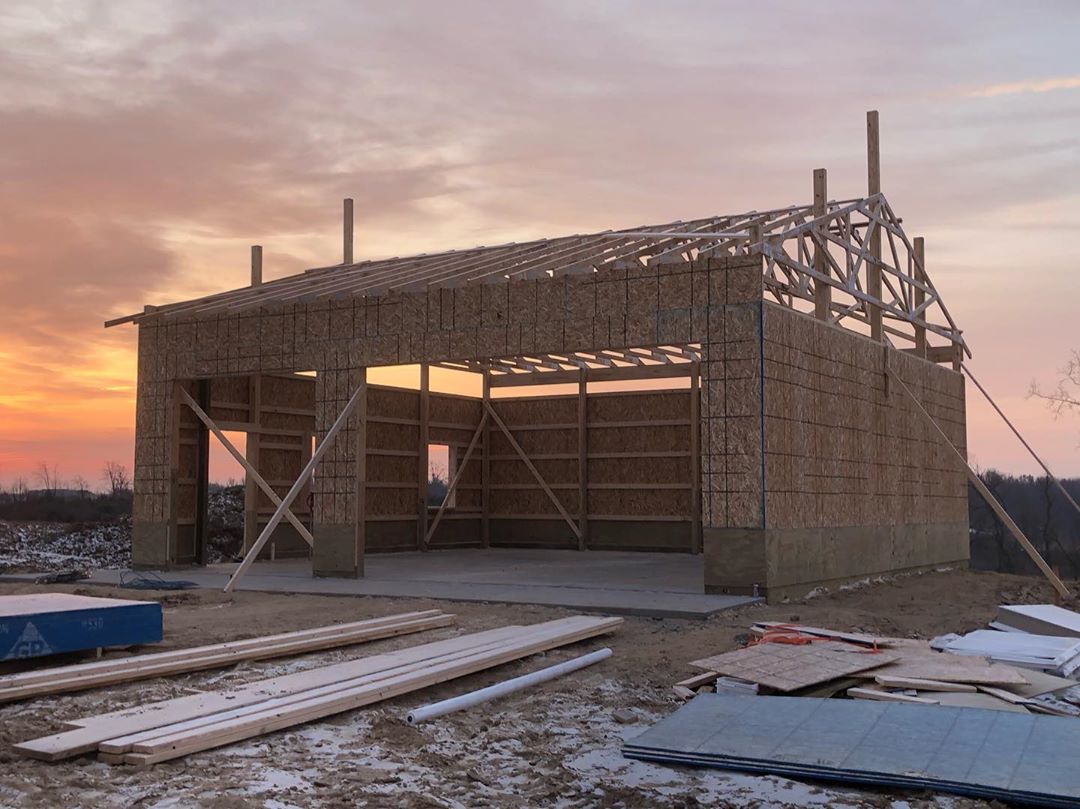
If you are using your structure for housing animals, the typical waste that they leave in their wake can quickly turn into serious lung and other problems for anyone breathing the air regularly. It can also make your animals sick.
As you are building your pole barn, consider all of the areas that can be used for added ventilation and incorporate them into your plan.
Insulate as necessary
For commercial or residential use, pole barns will require a lot of preventative insulation. From your doors and windows to your ceilings, you’ll need everything sealed and insulated correctly.
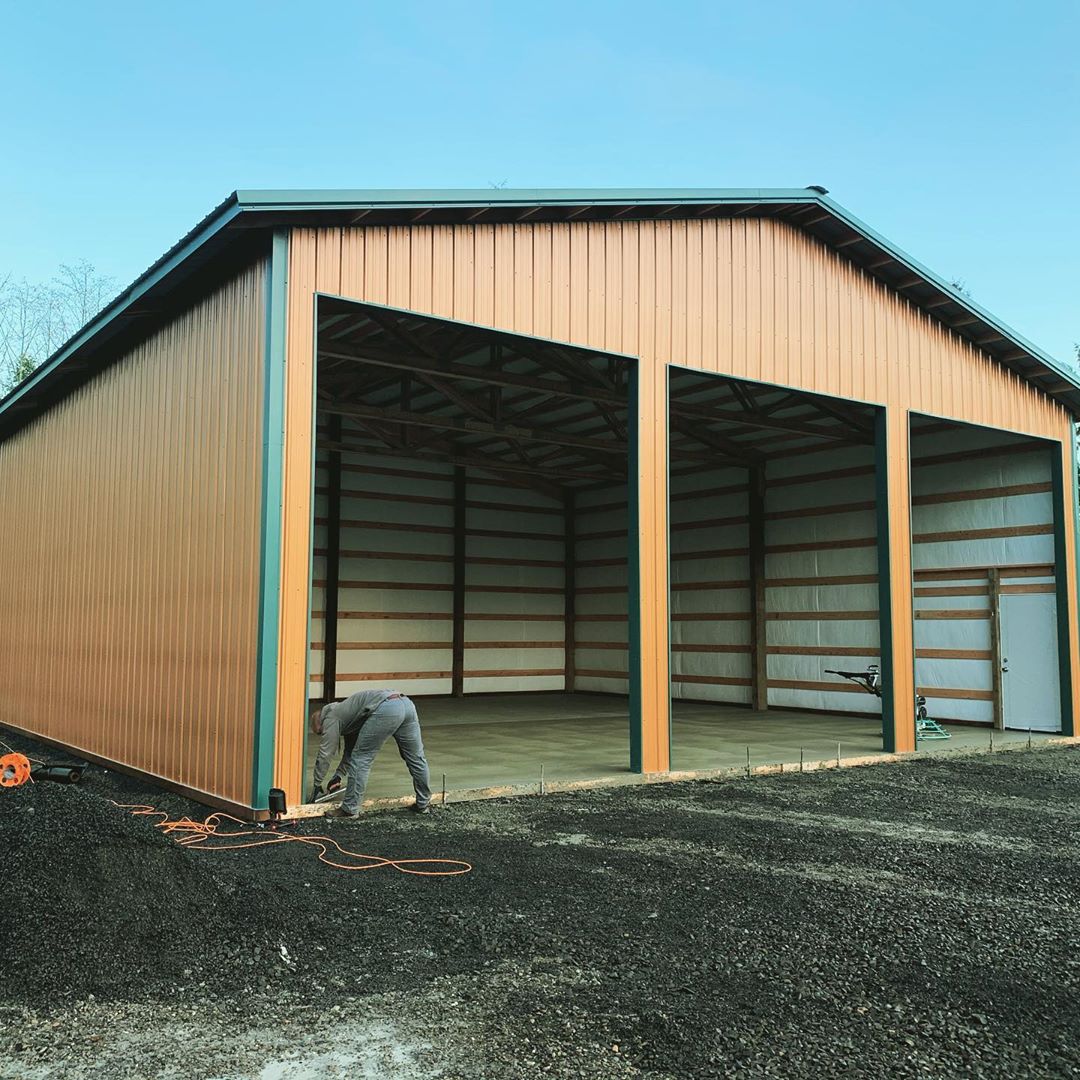
The right amount of insulation is necessary to keep the inside of your pole barn protected from the elements. If you’re using central heat and air or any type of temperature assistant, ventilation and insulation will keep the heat inside where it belongs in the cold seasons and outside in the hot times.
Plan to prevent water build up
In just about any enclosed area, humidity is a problem. Proper ventilation helps, of course, but you need to have a plan to prevent condensation from building up in your pole barn.
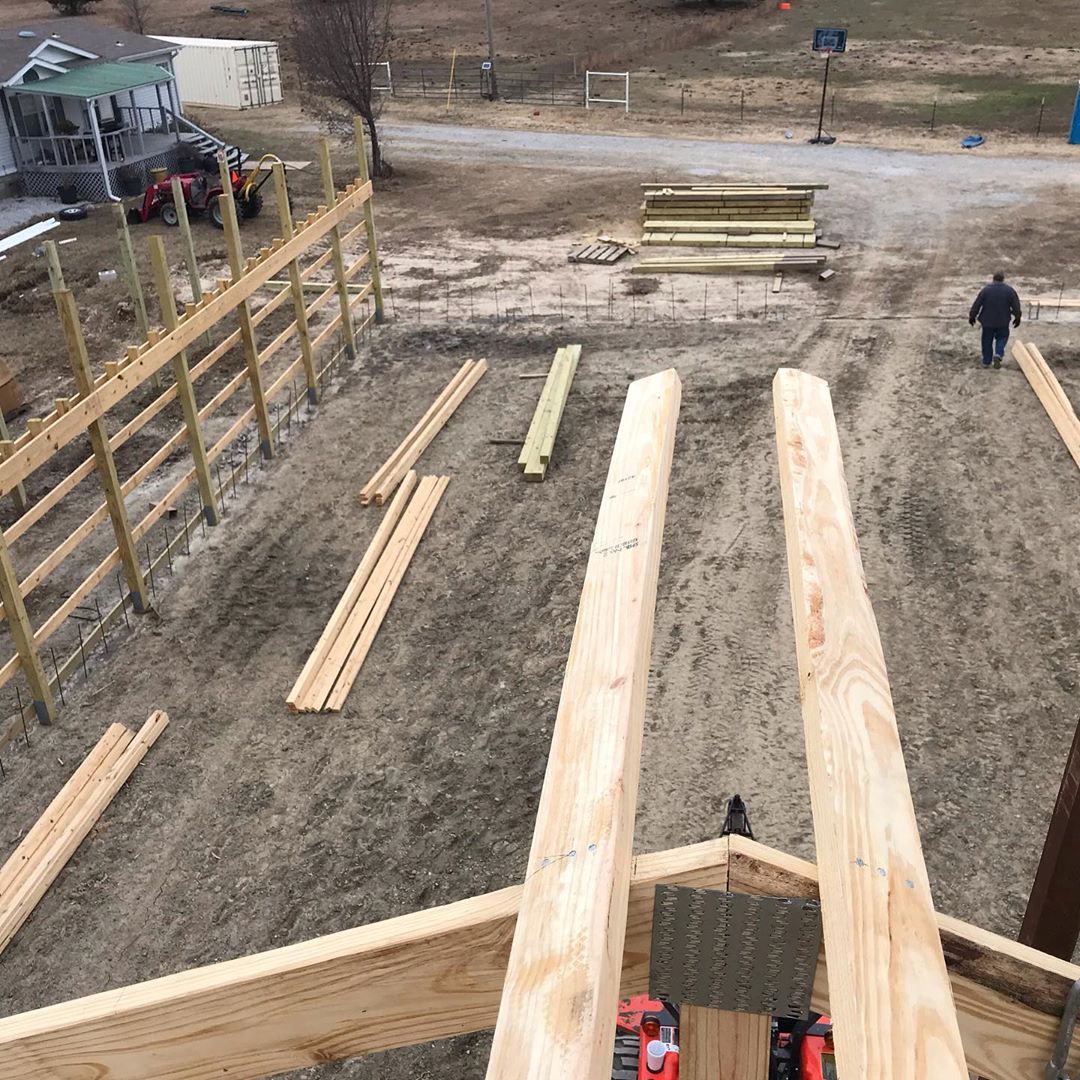
Too much humidity causes condensation. Especially in structures with a lot of livestock or those that aren’t used frequently, this condensation can cause structural damage. If it is allowed to go for too long, it can also turn into puddles on the floor and flat surfaces that can damage your property.
Use the right materials for your climate
How long your pole barn will last depends on how well you have planned this step out. Yes, you’ve considered the extreme weather when you engineered your structure, but did you think about it when you chose your materials?
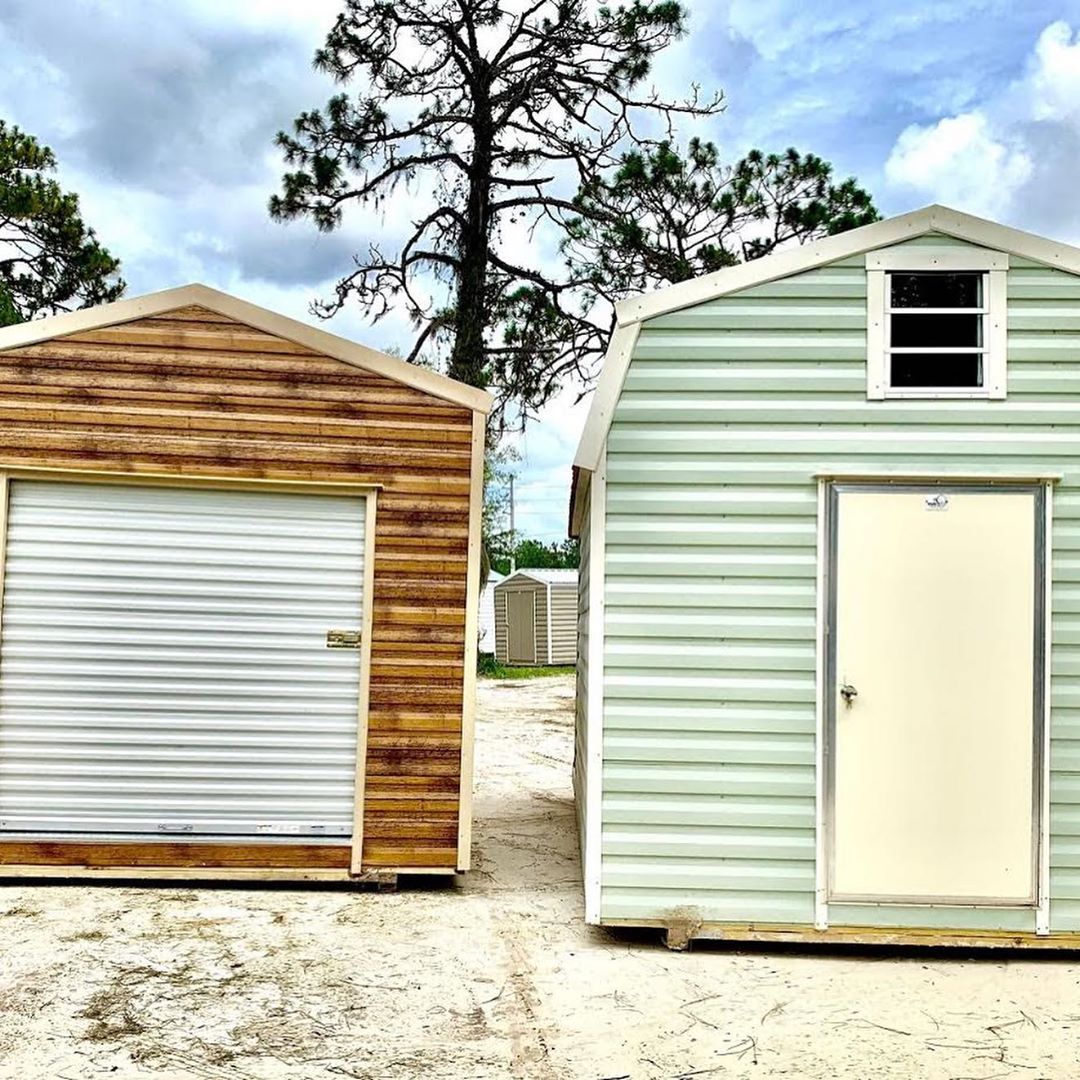
The windows, doors, and other elements of your building must all be able to withstand the extreme temperatures and conditions of your environment, repetitively.
Choose carefully and don’t fall victim to the “cheapest is best” mindset when you are building your pole barn. Quality is definitely important in this juncture of your construction.
Put on the outside finishing touches
You may not care if your pole barn looks aesthetically pleasing or not, but your neighbors might. Make sure it stands up to your neighborhood ordinances, blends in with your home, and is sealed for protection against the weather.
Finalize the inside based on your needs
Now you get to do the fun part. Build your shelves, touch up the paint in your man cave, add in the hooks and locks for your animals, or do whatever you need to do to make your pole barn usable!

Double check your final product with the right people
You may be required to have a government official come sign off on your finished product. You might also want an expert pole barn repair person to come walk through the final stages to let you know if anything has to be changed or tweaked.
Enjoy Your New Pole Barn and Your New Free Time
Now that you’re done with your pole barn, you can use it for everything you have been looking forward to doing for as long as you’ve been planning it.
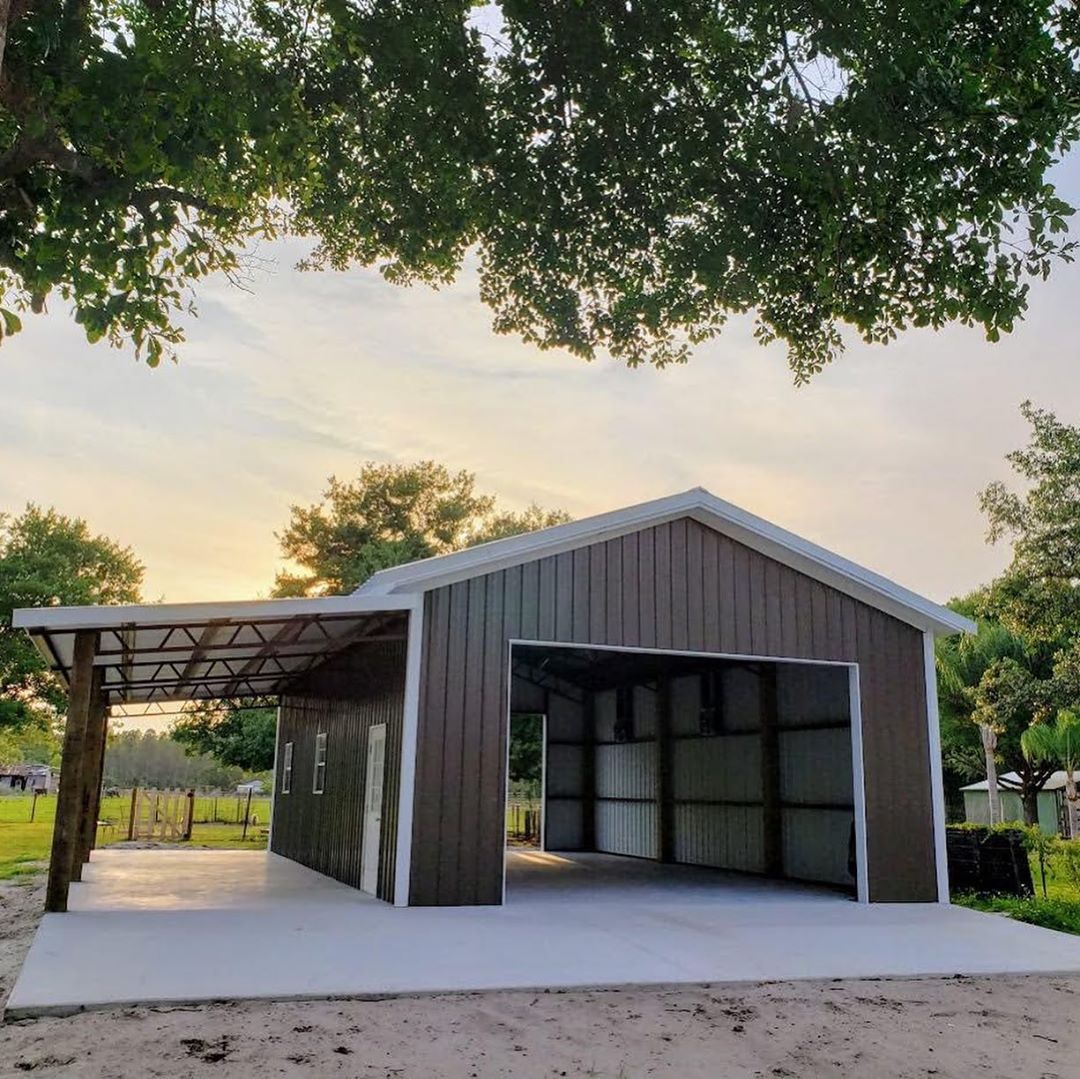
With all your free time, though, maybe you’ll decide on another DIY project next!

